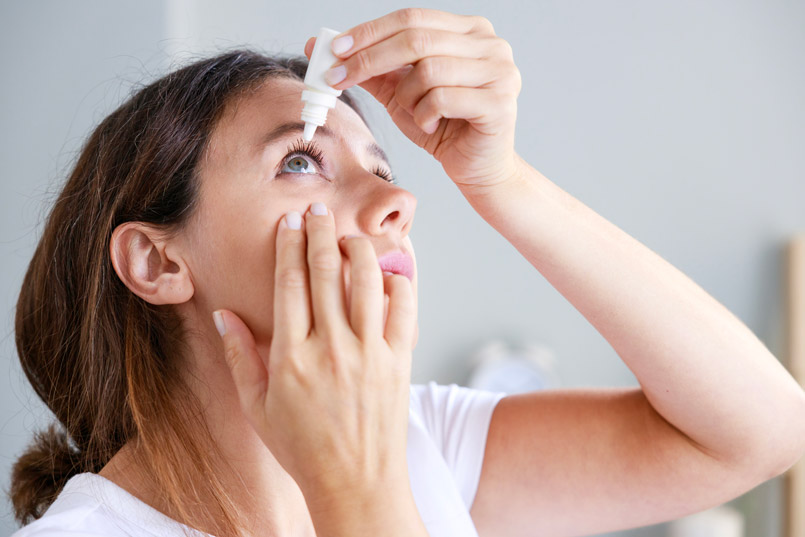
Your Eyes Are Crying for Help – 1 Simple Test to Check for Dry Eye Syndrome
Dry eye syndrome, or dry keratoconjunctivitis, is a common condition where the eyes don’t produce enough tears or the tears evaporate too quickly. This leaves the eyes dry, irritated, and vulnerable to damage.
A healthy tear film is like a protective “sandwich” for your eyes:
- Oily outer layer – Prevents evaporation.
- Watery middle layer – Keeps eyes moist and nourished.
- Mucin base layer – Helps tears stick to the eye surface.
When this system fails, you may experience:
- Discomfort: Dryness, grittiness, burning, or a feeling of something stuck in your eye.
- Vision problems: Blurry vision that clears with blinking, light sensitivity, or fluctuating eyesight.
- Other signs: Redness, excessive tearing (a paradox of dry eyes), or difficulty wearing contact lenses.
Quick Self-Test:
Check your lower eyelid margin in a mirror. If you see tiny white dots (clogged oil glands), your tear film may be compromised.
Why Dry Eye Syndrome Is More Serious Than You Think
Left untreated, dry eyes can lead to:
- Chronic discomfort – Affects work, driving, and screen use.
- Higher infection risk – Tears protect against bacteria; without them, infections like conjunctivitis become more likely.
- Vision damage – Severe cases can cause corneal ulcers or scarring, leading to permanent vision loss.
- Worsening eye conditions – Can complicate glaucoma, cataract recovery, or even (rarely) cause corneal perforation.
If you have persistent redness, pain, or vision changes, see an eye doctor immediately.
5 Worst Habits That Are Ruining Your Eyes
- Overwearing Contact Lenses
- Sleeping in contacts or wearing them for 12+ hours starves the cornea of oxygen, increasing dryness and infection risk.
- Staring at Screens Nonstop
- Blinking drops from ~17 to 7 times per minute, causing incomplete tears and faster evaporation.
- Misusing Eye Drops
- Some “redness-relief” drops shrink blood vessels temporarily but worsen dryness long-term.
- Late-Night Screen Time in the Dark
- Blue light + low lighting strains eyes and reduces tear quality.
- Exposing Eyes to Dry Environments
- Air-conditioned offices (low humidity) + screens + contacts = a “deep-fried” eye effect.
How to Protect Your Eyes
✅ For Office Workers:
- Follow the 20-20-20-2 Rule: Every 20 minutes, look 20 feet away for 20 seconds and do 2 slow blinks.
- Position screens slightly below eye level to reduce tear evaporation.
✅ At-Home Care:
- Warm compresses (40°C) unclog oil glands.
- Eat eye-friendly foods: Omega-3s (fatty fish) and vitamins (leafy greens). Avoid excess sugar and fried foods.
Final Thought:
Your eyes are irreplaceable. Break these harmful habits today—before your vision pays the price.


